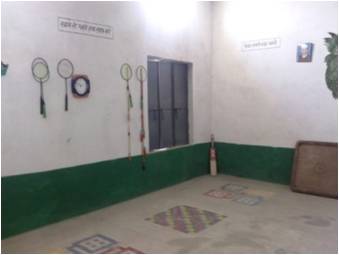
According to review reports, the Community Beneficiary Committee in Bhagwan Garhi had completed the work drawing labor from the community and buying the required amount of materials at a lower rate with technical guidance from the district level engineer.
How does this happen?
A study conducted in four World Bank supported Community Demand Driven (CDD) projects in four states in India in 2009 shows a similar picture of substantial savings when the sub project activities are carried out by the immediate beneficiaries. Analysis of 47 constructions works show that Community Based Procurement (CBP) saves cost and time when compared to conventional estimates made by Public Works Departments and the savings are even higher in labor-intensive sub-projects. The savings ranged from 12% to 56% across the four States.

 In all the above projects, the following key factors were identified as the real reasons that made the difference:
In all the above projects, the following key factors were identified as the real reasons that made the difference:
-In all cases, the common link was beneficiary involvement. Ownership of the need along planning and implementation is an excellent incenstive. Knowledge that their children will sit under the school roof that is constructed for the school ensures consciouness to quality.

-The contributions went beyond cash and labor. With beneficiaries also working as masons and laborers, the cost savings also stemmed from reducing wastage to near zero and buying only what was just required for the work being undertaken. Their zeal and commitment for making something that would influence their lives also lead to minimize costs for technical supervision and storage costs of materials;
-A noticeable practice that helped save costs from the India study was that of Relationship Based Procurement, wherein the communities established a mutually beneficial and accountable commercial relationship between purchaser and possibly the lone the supplier in the village for delivering the best products at best price for a common cause in their community; Conventionally, Relationship Based Procurement systems based on family and kinship arrangements could align with elite capture and nepotism, however the sub-projects review showed that accountability is motivated by common need as long as institutional structures are in place and that all parties want better outcomes. There were instances of social boycotts of suppliers who have tried to cheat the community and growing market for those who had won the trust by providing best products and value for money;
 -Success depended on the technical complexities involved and the kind of support and commitment the community received from the engineering authorities. In most cases, we could sight at least one highly motivated engineer supporting the community in decision making and quality assurance;
-Success depended on the technical complexities involved and the kind of support and commitment the community received from the engineering authorities. In most cases, we could sight at least one highly motivated engineer supporting the community in decision making and quality assurance;
-Studies have also identified that at individual sub project level, numerous factors like isolated locations, double and triple handling of materials and frequent on-site design modifications all conspire to make it virtually impossible for commercial contractors to compete with the community lead implementation on a cost basis.
Look around and let us know if you've noticed similar experiences...


Join the Conversation